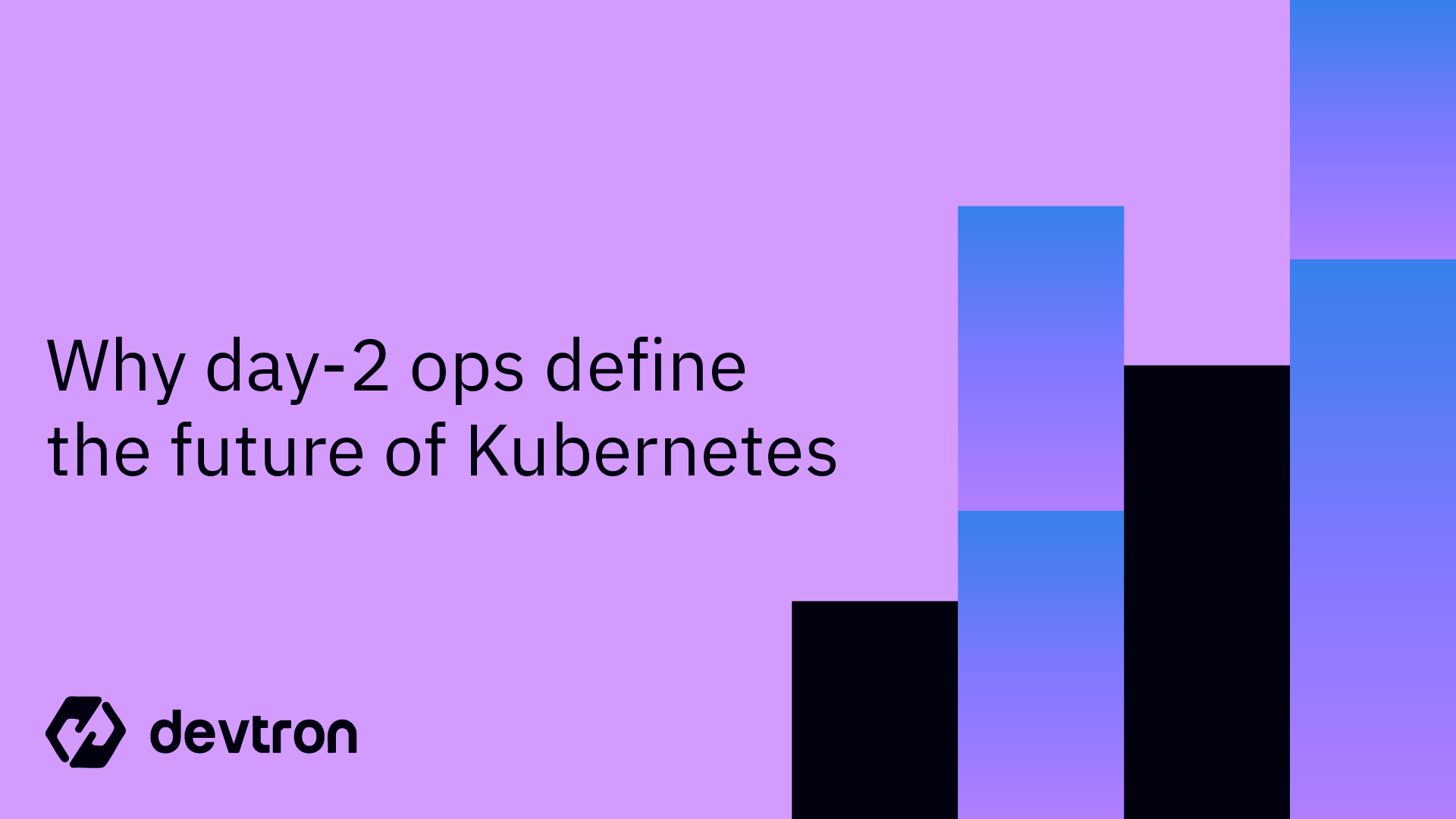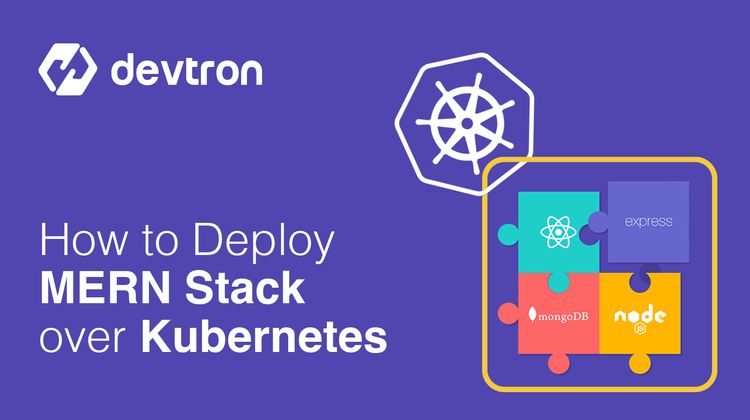We've been talking to platform teams for the past few months, and I keep hearing the same thing: "Getting Kubernetes running wasn't the problem."
One infrastructure lead put it bluntly: "We spent six months migrating. We've spent two years learning how to actually run the damn thing with stability in production."
That's Day-2. And it's where most organizations actually live.
The migration is a project. It has a scope, a timeline, and a team. Day 2 is different. It's the indefinite future of keeping production stable, teams productive, and the whole system from collapsing under its own complexity as you scale.
What Actually Breaks at Scale
Day-1 problems are bounded. You're moving specific workloads, setting up initial clusters, and proving the technology works. Day-2 problems compound.
The math changes
Three clusters with ten engineers are manageable. Thirty clusters with a hundred engineers isn't ten times harder; it's exponentially harder. Every team that adopts Kubernetes brings its own patterns, its own assumptions, its own edge cases. A configuration that worked fine in the beginning becomes untenable. You can't manually review every deployment anymore. You can't troubleshoot every cluster individually. What felt like control becomes chaos.
Governance stops being optional
A little config drift early on? Not ideal, but you move on. At scale, that drift becomes security incidents, compliance failures, and 2 am pages. The "we'll clean it up later" debt comes due all at once. Policies that were recommendations become requirements. The platform that felt flexible starts feeling fragile.
Your velocity problem inverts
You built Kubernetes to move faster. Then developers start spending half their time writing YAML, waiting for namespace provisioning, debugging networking policies they don't understand, or figuring out why their perfectly good code won't deploy. The tool meant to accelerate delivery becomes the bottleneck. Platform teams become ticket queues instead of enablers.
What You're Actually Managing at Day-2
Let me break down where we've seen teams struggle most.
Inconsistency at scale
Every team configures things slightly differently. Different naming conventions, different deployment patterns, different monitoring setups. It seems harmless until someone gets paged at 3 am and has to debug a cluster they've never seen before. Or security needs to audit 50 clusters and realizes none of them are configured the same way.
Standardization isn't about control for control's sake. It's about creating enough consistency that your team can actually operate the platform. Golden paths, baseline configurations, reusable templates. Not to stifle teams, but so that when things break (and they will), you have a shot at fixing them quickly.
Complex Security
Kubernetes security isn't something you configure once and forget. RBAC, network policies, pod security standards, and compliance controls all need to scale with your environment. And they need to work without making every deployment feel like a compliance review.
We've seen teams swing between two extremes: lock everything down and watch developers route around your controls, or stay loose and wait for the security team to shut you down after an audit. The middle ground is automation. Policies as code, continuous validation, and controls that are invisible until they catch something important. Security should feel like guardrails, not gates.
Signal vs noise
Kubernetes generates an absurd amount of telemetry. Metrics, logs, events, all of it flooding in constantly. Most of it is useless for solving actual problems.
The observability challenge isn't collecting more data. It's knowing what's normal, spotting what's not, and connecting the dots when something goes wrong. Which pods are actually overprovisioned? Which teams are burning budget on resources they don't need? When something breaks, can you trace it from user impact back to root cause without opening fifteen dashboards?
Good observability answers the question platform teams live with: "Why is this happening and how do I fix it before anyone else notices?"
The tool sprawl problem
You're not just running Kubernetes. You're running service mesh, ingress controllers, GitOps operators, security scanners, backup tools, monitoring stacks, and probably a dozen other things. Each one has its own upgrade cycle, its own compatibility matrix, its own configuration complexity.
Managing tool versions across multiple clusters is a nightmare. Outdated dependencies become vulnerabilities. Integration points break in subtle ways. And when you need to upgrade Kubernetes itself, you're praying that nothing in that stack breaks.
The more tools you add, the more expertise you need. And there aren't enough people who deeply understand all of this.
The endless maintenance cycle
Upgrades, patches, backups, disaster recovery tests, certificate rotations. Day 2 is mostly just keeping the lights on. The work never stops, and it's all critical. A botched upgrade takes down production. A missed security patch becomes an incident. A failed backup means you're gambling with the business.
The skills gap here is real. People who can execute zero-downtime Kubernetes upgrades across a fleet of clusters are rare. Most teams are understaffed, overworked, and one bad deploy away from a very long night.
Why Day-2 Decides Your Kubernetes Future
It's your velocity ceiling. When platform teams spend their time firefighting, doing manual upgrades, and debugging one-off issues, they're not improving developer experience or enabling new teams. The platform stagnates while business demands keep growing.
It controls adoption and trust. Teams watch how hard production operations are. If they see constant stress and manual intervention, they build workarounds or stay on old infrastructure. Your Kubernetes footprint stays small, and you never hit the scale where investment pays off.
It determines your scaling model. Poor Day-2 ops require deep expertise for every task. You need senior engineers just to keep things running. That doesn't scale. Smooth Day-2 means junior engineers handle routine operations safely while senior engineers focus on architecture.
It defines your risk posture. Bad Day-2 operations mean longer incidents, more security gaps, and slower response times. Your production environment becomes fragile, making organizations risk-averse. Smooth Day-2 ops mean faster recovery and the confidence to move faster.
How We're Thinking About This
We've seen teams try to scale Day-2 ops three ways: hire more people, buy more tools, or rethink the platform itself.
Hiring doesn't scale. The talent isn't enough there, and even if it was, adding headcount just to keep pace with complexity isn't a strategy.
Adding tools helps at first, then makes things worse. Now you're managing the tools that manage your infrastructure. The operational burden just shifts.
What's actually worked is building platforms that handle Day-2 by design.
Unified visibility across everything
One place to see what's running, where, and how it's configured. Not fifteen different tools. Not stitching together logs and metrics manually. Just a clear view of your entire fleet, with the context to actually make decisions.
Security and governance built in
Policies that enforce themselves. Continuous compliance, not a quarterly fire drill. Security controls that protect without blocking teams. When it's built into the platform, it stops being a negotiation.
Complete operational control
Upgrades, scaling, recovery, all of it should be repeatable and safe. Not something that requires your best engineer and a weekend. Day-2 operations should be boring. That's the goal.
The teams winning at Day 2 aren't the ones with the biggest budgets or the most senior engineers. They're the ones who've built platforms that make the hard stuff manageable. That's where this is headed.







